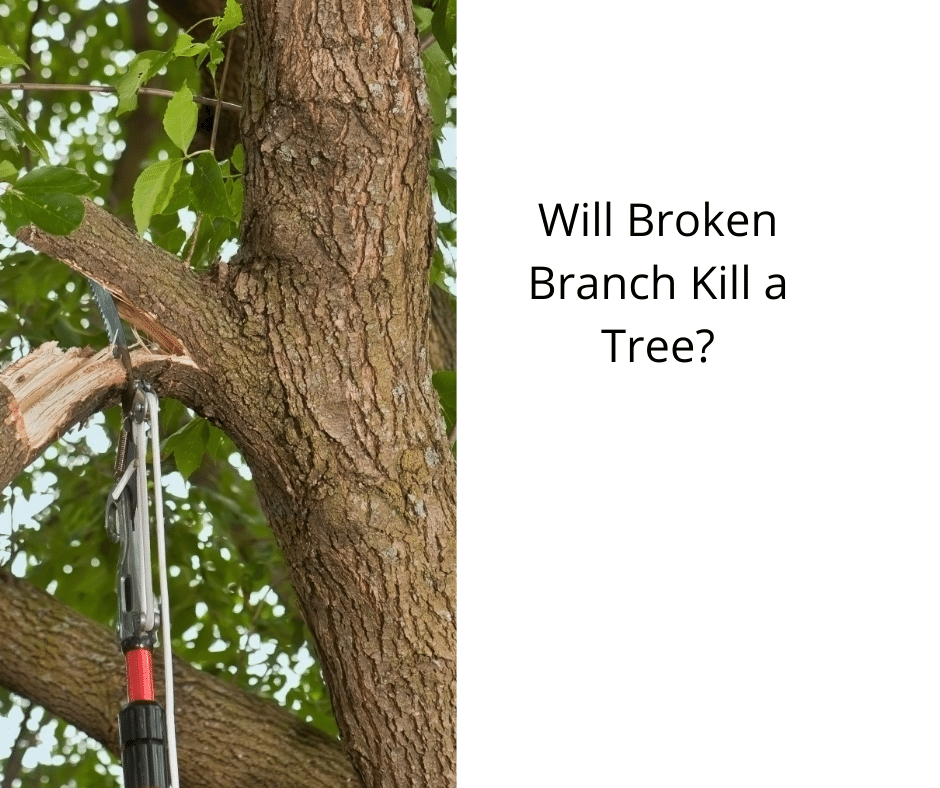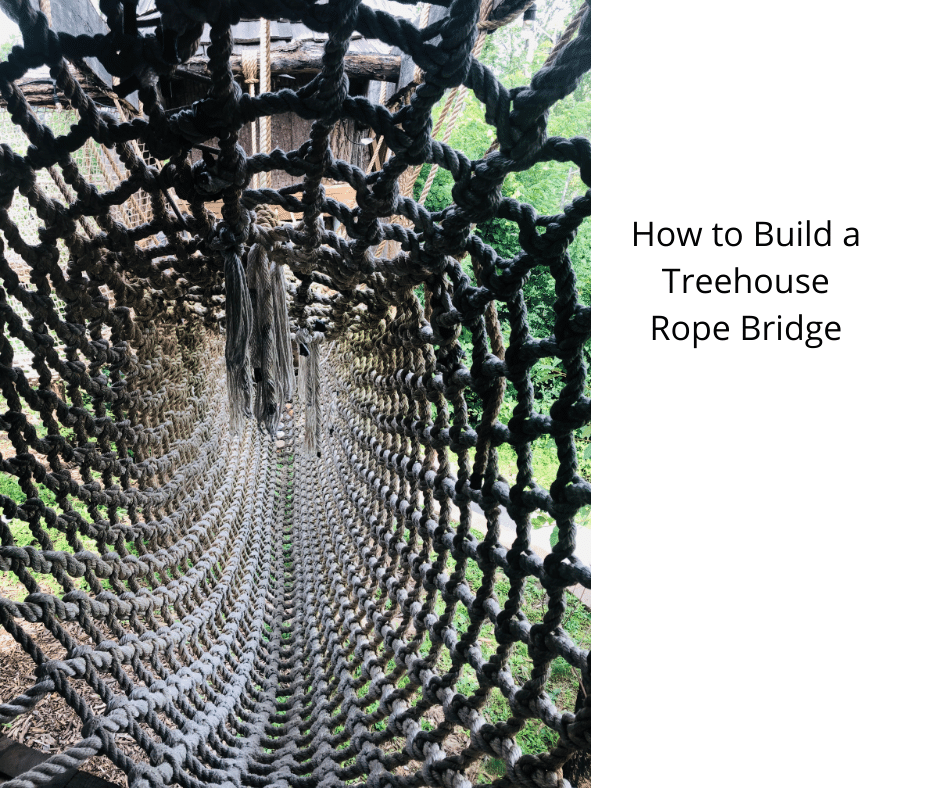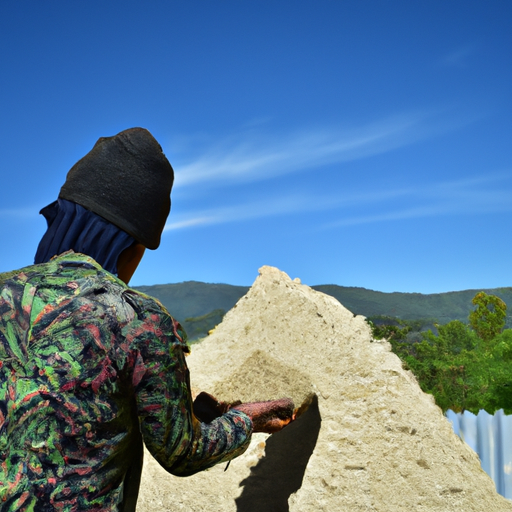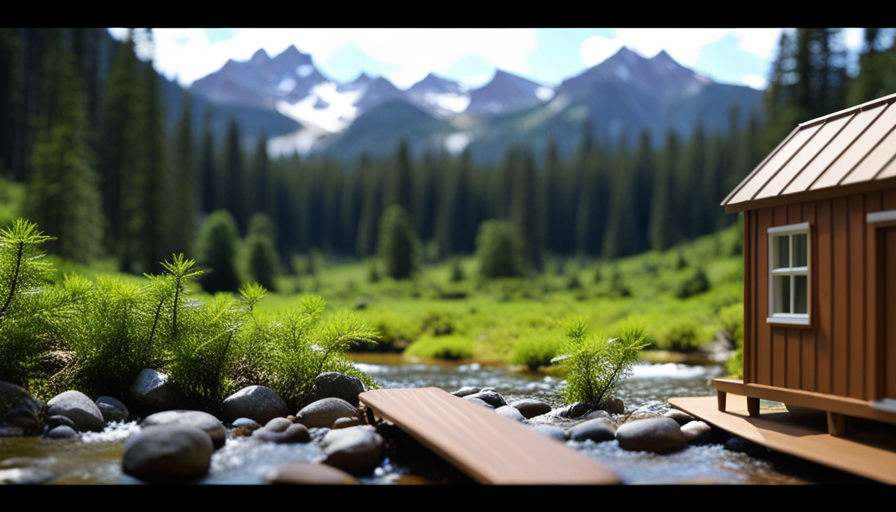Damaged branches can be a danger and may lead to your tree dying. It’s crucial to know that trees can bend under the heavy load of snow and ice. If the branch damage is slight and less than half of the tree’s crown is impacted, there is a possibility that your tree will recover. However, this will take time and patience. It is not feasible to help the tree during a snowstorm or in the days immediately following. If you are unsure about what to do next, it is recommended to seek guidance from a professional who can inspect your tree and give you an evaluation.
Breaking Branches Can Kill a Tree
While large broken branches may not kill a tree, the wound is not always as superficial as it appears. A broken branch will open up the tree to more damage and disease. A tree owner can use a substance such as mud to cover the wound. Otherwise, the tree may die. Here are some tips to prevent a tree from dying from a broken branch. After a storm, a tree is more likely to be healthy than before.
Check for dead wood in the tree’s crown. Deadwood in trees is easy to detect because it has either no leaves or brown color. Pine branches that have recently died will have brown needles. Broken branches are visible when they are no longer green or have yellow color on them. Breaking branches can be dangerous, but you might not realize it until the leaves turn brown. If the branches are dead, call an arborist immediately.
Don’t cut limbs too close to the tree’s trunk. This can allow insects and diseases to enter the wound. The tree’s bark will be exposed, and moisture and rot can set in. The cut will also be less likely to heal if the limb is too close to the trunk. So, it is essential to cut only the branch that has fallen off or is close to its base.
Depending on the extent of the damage to the tree’s trunk, it is possible to make it recover. The damaged area is called the cambium layer. The cambium tissue provides nutrients and water to the tree. It is important for the tree to receive enough nutrients to stay healthy. If it suffers a serious injury, it may not survive. If you want to avoid tree damage, be sure to hire an arborist.
The best way to prevent roots from being cut is to prune the branches before they fall to the ground. Avoid trimming heavy branches at the base of the tree, as they can cause harm to people and other plants. Heavy branches can also damage lawns and planting beds. A large branch may even be a sculpture. If you have to cut a large branch, consult an arborist and get the tree checked by a professional.
Symptoms
There are three main symptoms of a dying or dead tree. These include wilted leaves and broken branch symptoms. While small wounds to a tree’s trunk are not fatal, they may act as entry points for fungi and cause decay in the tree later. Larger wounds, more than 50% of the tree’s diameter, are serious and can kill the tree. In order to avoid this situation, a tree should be pruned back to the main branches.
Another sign of dying or dead wood is large, flaking branches. Sometimes, branches grow so close to each other that they do not anchor appropriately to the trunk. The bark will sag in between the branches, creating a weak bond. Ideally, the bark on a tree is smooth and continuous, without deep cracks. Any signs of decay are a red flag. A dying tree will begin to die from the inside out, so you should look for other signs of deterioration, such as fungus and mushrooms. Discolored leaves and wood are also a red flag.
Another warning sign of a dying tree is missing bark. If you see any of these symptoms, it’s best to take it seriously. A missing branch is a sign of a fungus or a surface wound. A tree with bark flaking will have an infected surface, which will be covered by a layer of sap. It’s important to inspect the tree’s trunk to ensure there are no insects living inside.
If you have questions or want to hire a professional arborist, remember to consult a certified arborist. Their knowledge and experience can help you identify the problem and determine the best course of action. Broken branches are often the result of structural imbalance or general weakness. A tree that is leaning more than fifteen degrees may have been injured by wind and will not recover. It will die in the long run. When this happens, it is time to remove the tree.
If you notice a tree has multiple trunks, look for cracks at the connection between the trunks. Strong connections are a “U” shape, and weak connections resemble a tight “V.” Cracks in the connection are a sign of weakness, and should be looked at immediately. If you live near a tree, you should take a look at the connection using binoculars to identify fresh cracks. Light-colored lines indicate a fresh crack. If you notice any of these signs, you should immediately call a Certified Arborist or tree service to help you identify the tree’s cause.
Treatment
You may think that a broken branch will kill a tree. You might not be sure, but it’s not entirely true. Although a broken branch can leave the tree looking naked, it won’t kill it. It will merely grow differently. Broken branches can open up the tree to disease and other damage. You can get rid of broken branches yourself, or you can hire a professional to prune the tree for you.
Firstly, you can remove dead branches from the tree. Be sure to remove them carefully so that the decay agents do not enter the wound. If you need to prune the branches, trim them at the point where they join the main branches. If you need to cut the branches, consult an arborist, as it’s best not to cut any smaller branches. It may also be necessary to remove soil from the base of the tree, as it can harbor phytophthora root rot, which is a widespread soil pathogen.
If the broken branch is too close to the trunk, you should prune it back to a good size lateral branch. If the branch breaks near the trunk, prune it back to the branch collar, which is a slightly-enlarged region where the branch joins the trunk. This support is important to prevent the broken branch from damaging the trunk. After cutting back the broken branch, you should remove any dead branches from the tree.
Another way to kill a tree is to cut off its surface roots. These roots provide vital support to the tree. During construction, they are often cut off or damaged. While a tree can recover from a 25% injury, a limb that has suffered severe damage is likely to starve. In addition, serious trunk injuries can starve the tree of water and nutrients. This is not a good thing for the tree.
In addition to damage caused by storms, broken branches can also be the result of underlying problems. The weight of too much fruit on a tree’s limbs can cause the limbs to break off. If these problems are not resolved, the tree can succumb to disease and decay. The weight of too many small branches on a single branch can also put strain on the branch. Judicious thinning of fruit can help avoid these problems and encourage a healthy tree.
Cost
It’s important to know that damaged trees cost money to replace. While the initial costs are relatively small, the replacement cost may be as much as three times that amount. Replacement costs vary widely depending on the type and size of the tree. However, a typical tree replacement costs $500 to $3000. Some rare trees can cost tens of thousands of dollars. Here’s what to do if you notice that a branch has broken.
Pruning your trees is an important process for keeping your trees healthy. Incorrect pruning can make your trees more susceptible to decay and disease. Ultimately, improper pruning can kill your tree. However, if you’re unsure about how to prune your trees, you can always call a professional to do it for you. It’s cheaper and less stressful than attempting to prune your trees yourself. Broken branches and dead branches should be removed to avoid these problems.
Hi, I’m Emma. I’m the Editor in Chief of Tiny House 43, a blog all about tiny houses. While tree houses are often associated with childhood, they can be the perfect adult retreat. They offer a cozy space to relax and unwind, surrounded by nature. And since they’re typically built on stilts or raised platforms, they offer stunning views that traditional homes simply can’t match. If you’re looking for a unique and romantic getaway, a tree house tiny house might just be the perfect option.










